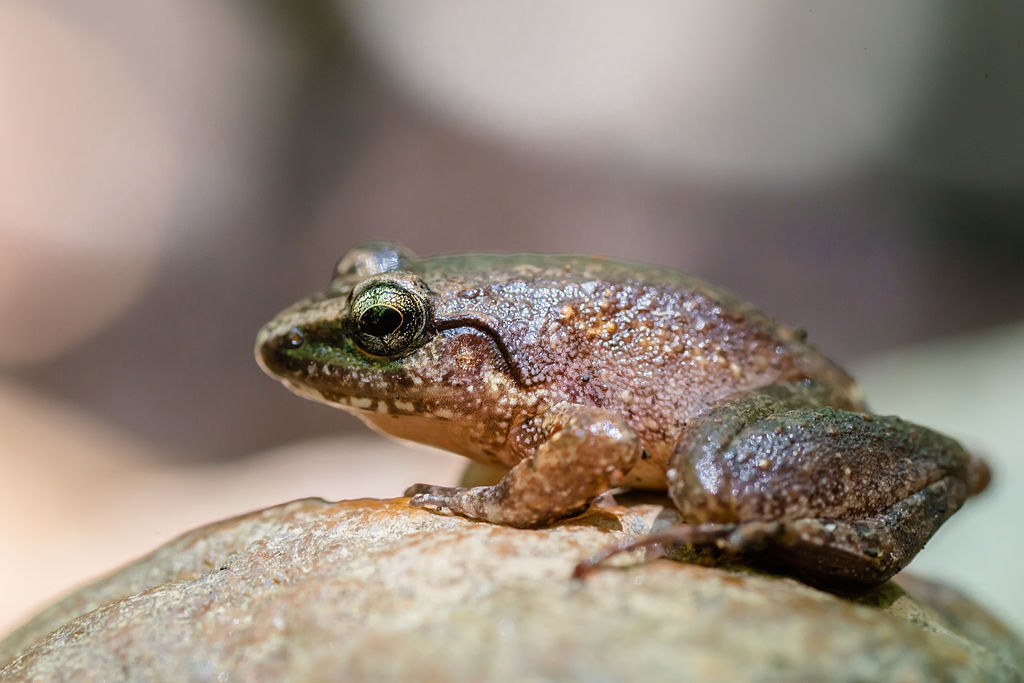| Citation |
IUCN SSC Amphibian Specialist Group. 2015. Limnonectes hascheanus. The IUCN Red List of Threatened Species 2015: e.T58338A55068387. https://dx.doi.org/10.2305/IUCN.UK.2015-4.RLTS.T58338A55068387.en. Downloaded on 11 September 2020. |
Description |
JUSTIFICATION
Listed as Least Concern in view of its wide distribution and its presumed large population.
RANGE DESCRIPTION
This species occurs in Myanmar, Thailand and Malaysia from Prachuap Kirikan in Thailand south to Selangor, Malaysia (Inger and Stuart 2010). It is also found in peninsular Malaysia on the islands of Pulau Langkawi, Pulau Singa Besar, Pulau Tioman and Penang, which is the type locality (Inger and Stuart 2010). It is known from sea level up to 1,300 m asl (Manthey and Grossmann 1997).
DESCRIPTION
The abundance and population size of this species are unknown. However, its population is suspected to be decreasing due to ongoing habitat loss, but it is not thought to be severely fragmented.
HABITAT AND ECOLOGY
It occurs in leaf litter on the forest floor of primary and old secondary forests as well as in rocky, shallow streambeds (Grismer 2011). Adult males produce a crow-like call at all times during the day, and in the evening following periods of rain (Manthey and Grossmann 1997, Grismer 2011). While the species is known to lay eggs in terrain depressions (Manthey and Grossmann 1997), there is currently no complete record of reproduction and larval development for the species due to its confusion with the related species Limnonectes limborgi (Inger and Stuart 2010). Rowley and Altig (2012) observed that the related L. limborgi exhibited nidicolous development (eggs oviposited terrestrially in nests) and had endotrophic larvae (free-living but non-feeding), and it is likely that this species may share this breeding mode.
THREATS
Habitat loss is an ongoing threat for the species due to the increase in commercial logging, agricultural encroachment, and oil palm production in Malaysia, Myanmar and Thailand (Sodhi et al. 2010).
USE AND TRADE
There are no records of the species being utilized.
CONSERVATION ACTIONS
Conservation Actions
The species inhabits a number of protected areas in Thailand and Peninsular Malaysia, providing varying degrees of protection.
Conservation Needed
Due to the ongoing presence of many different threats to the species, continued and improved protection of the species habitat is required.
Research Needed
Further research on the species ecology and its population size, distribution, and trends is required. |

